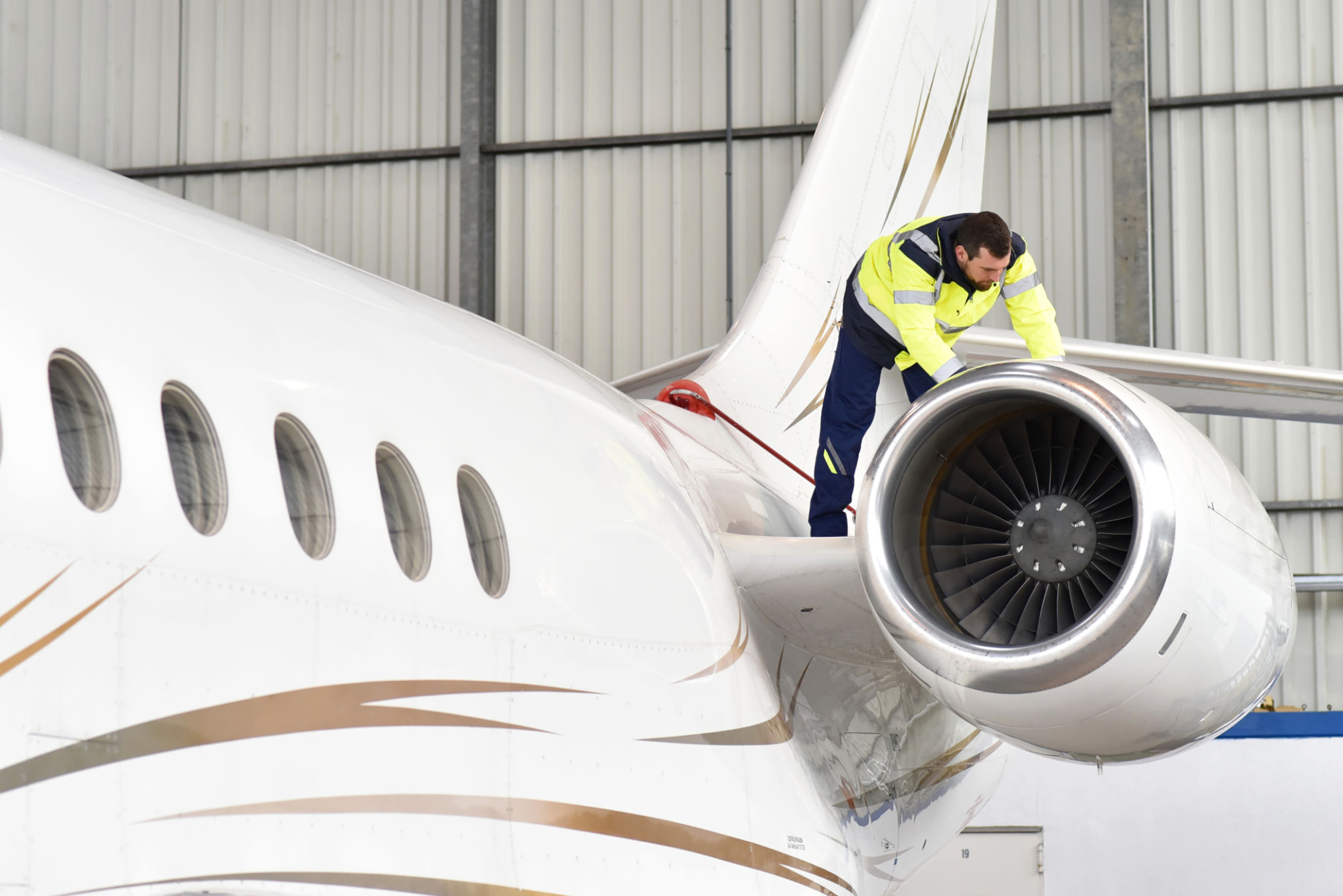Preparing for Seasonal Changes in Aviation Maintenance
Understanding Seasonal Changes in Aviation Maintenance
In the aviation industry, maintaining aircraft in optimal condition is crucial for safety and efficiency. As the seasons change, so do the challenges faced by maintenance teams. Each season brings its own set of conditions that require specific attention and preparation. Being proactive in addressing these changes can significantly enhance the reliability and safety of aircraft operations.

Winter Preparations
Winter is one of the most demanding seasons for aviation maintenance due to harsh weather conditions. Cold temperatures can affect aircraft systems, including hydraulics and batteries. It's vital to ensure that de-icing equipment is in top condition and that anti-icing fluids are adequately stocked. Additionally, inspecting and servicing aircraft heating systems is essential to prevent malfunctions during flights.
Another critical aspect of winter preparation is addressing runway conditions. Snow and ice can create hazardous surfaces, requiring regular clearing and treatment. Maintenance teams should coordinate closely with airport operations to ensure runways remain safe for takeoff and landing.
Spring Maintenance Considerations
As temperatures rise and ice melts, spring brings its own set of challenges. Aircraft may need thorough cleaning to remove salt and other corrosive substances applied during winter. This is also an excellent time to inspect for any damage caused by freezing temperatures and to address any necessary repairs.

Moreover, spring is an ideal period for performing routine checks and servicing landing gear systems, which may have been stressed by winter conditions. Ensuring that all components are in proper working order can prevent delays and extend the lifespan of aircraft parts.
Summer Readiness
In summer, high temperatures can affect aircraft performance, particularly concerning engine cooling systems. Regular inspections and maintenance of these systems are critical to prevent overheating. Additionally, ensuring adequate ventilation within the aircraft cabin can improve passenger comfort during hotter months.
It's also important to monitor tire pressure regularly, as it can fluctuate with temperature changes. Properly inflated tires ensure better ground handling and reduce the risk of damage during landing.

Autumn Adjustments
Autumn often serves as a transitional period with mixed weather conditions. With increased rainfall, ensuring proper drainage systems on runways and aircraft is essential to avoid water accumulation. Maintenance teams should also focus on checking seals and joints for any signs of wear that could lead to leaks.
As the weather begins to cool again, revisiting cold-weather protocols, such as rechecking de-icing equipment, can prepare the team for the approaching winter months.
Conclusion: Staying Ahead with Seasonal Maintenance
Preparing for seasonal changes in aviation maintenance is not just about reacting to weather conditions; it's about foresight and strategic planning. By understanding the specific needs each season brings, maintenance teams can ensure aircraft remain safe and operational throughout the year. This proactive approach not only enhances safety but also optimizes operational efficiency, providing a smoother experience for both crew and passengers alike.
